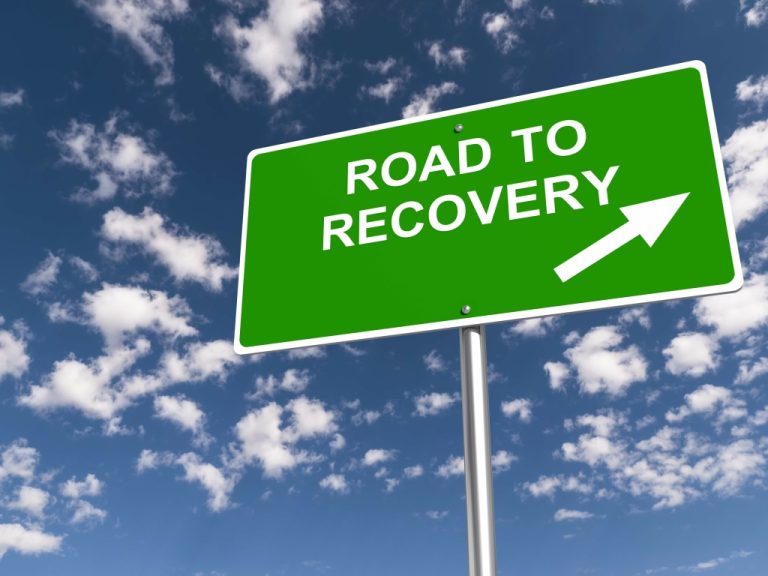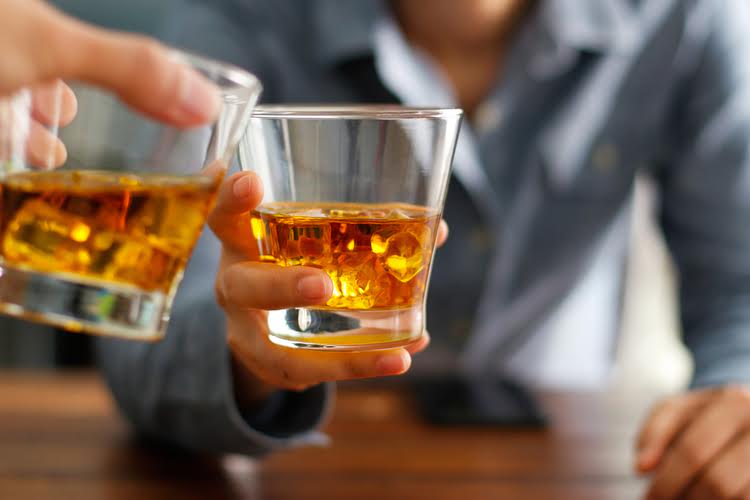This profound activation of the reward system can dramatically increase the desire for alcohol, progressively leading to dependence and, ultimately, addiction. The brain’s reward center is also activated when users drink to minimize the alcohol rehab negative, painful effects of withdrawal, reinforcing the cycle. The brain essentially becomes “trained” to depend on alcohol for the production of those feel-good endorphins and for maintaining chemical balance. And, as more alcohol is consumed over time, the brain’s tolerance for reaching those “positive” effects increases. More and more alcohol is needed before the brain’s reward center is satisfied, fueling a dangerous spiral of increased consumption.

Stupor (0.25 – 0.49% BAC)
Support groups can be the first step towards recovery or part of a long-term aftercare plan. Support groups such as Alcoholics Anonymous (AA) and Self-Management And Recovery Training (SMART) are open to anyone with a substance use disorder. Outpatient treatment is less intensive than inpatient or partial hospitalization programs. If you believe someone is significantly intoxicated, the first thing to do is to remove any additional alcohol from their immediate surroundings so they can’t continue to drink.

What is the normal use of mental faculties impaired by?
Several hallucinogens may cause features of intoxication, and these include LSD and phencyclidine. Patients may experience elevated blood pressure, tachycardia, and pupillary dilatation. Though cocaine and other stimulants have traditionally not been commonly abused in India, their use is gradually rising, especially in bigger cities. Presentation of cocaine intoxication is in the form of euphoric mood, increased psychomotor activity, severe agitation, impaired attention, auditory hallucinations, paranoid ideation, confusion, anxiety, and hypervigilance. Cocaine has sympathomimetic effects and may result in hypertension, tachycardia, hyperthermia, diaphoresis, and mydriasis. Similar actions are also produced by other stimulants (like amphetamine and methamphetamine) and these last till the action of the stimulant subsides.
Assessment for opioid intoxication
Drugs in this group are classified as short acting (etizolam, alprazolam, and lorazepam) and long acting (diazepam, nitrazepam, and clonazepam). Benzodiazepines have several clinical applications including treatment of sleep and anxiety disorders. Patients with substance intoxication may have an issue when does the process of intoxication begin? related to their mental competence.
- The individual may become largely unresponsive to external stimuli, and their body’s capacity to metabolize and excrete alcohol is overwhelmed.
- Blood alcohol content, or blood alcohol concentration, (BAC) measures the amount of alcohol in your blood.
- Though cocaine and other stimulants have traditionally not been commonly abused in India, their use is gradually rising, especially in bigger cities.

A physical examination that reveals bilateral conjunctival injection without itchiness or pain may indicate cannabis intoxication. A high degree of suspicion may be necessary as the patient may not be forthcoming with proper history, fearing legal or social repercussions. You’ll live in safe, substance-free housing and have access to professional medical monitoring. Medical care professionals treating patients for alcohol poisoning should check for possible Alcohol Use Disorder (AUD).
What are the Different Stages of Alcohol Intoxication?
Body weight is a significant factor, as alcohol is distributed throughout the body based on water content. Individuals with a higher percentage of body fat will generally have a lower concentration of alcohol in their bloodstream compared to those with less body fat, as alcohol is not stored in fat cells. Gender also plays a role, with women typically becoming intoxicated more quickly than men due to differences in body composition and the presence of enzymes that break down alcohol. Critically, the release of these endorphins and the interaction with GABA are concentrated within the brain’s reward center—the mesolimbic dopamine system. If alcohol is consumed in large enough quantities, or for long periods of time, those initial feel-good responses powerfully trigger feelings of pleasure and reward.
Which of the following is NOT an effect of alcohol on the body?
It’s essential for drinkers to be aware of their limits and for those around them to recognize the signs of intoxication to prevent accidents and ensure safety. Responsible drinking involves not only knowing one’s limits but also planning ahead, such as designating a sober driver or arranging for safe transportation. By educating ourselves and others about the effects of alcohol and the stages of intoxication, we can work towards reducing alcohol-related harm and promoting a culture of safety and responsibility.
- Most programs help set up your aftercare once you complete the inpatient portion of your treatment.
- Depending on the amount consumed and the duration of heavy drinking, stopping alcohol suddenly can trigger severe alcohol withdrawal symptoms such as seizures, delirium tremens (DTs), permanent brain damage, or even death.
- Someone who consistently engages in heavy drinking will develop a higher tolerance, requiring more alcohol to reach their desired state and to satisfy the body and brain’s cravings.
This cluster of withdrawal-like symptoms creates a strong aversion, which for many, results in a desire to continue drinking to alleviate the discomfort. Hangovers will only worsen the longer alcohol is used, as the brain’s dysregulated processes will make hangover side effects more pronounced and debilitating over time, further cementing the body’s reliance on alcohol. A relevant aspect of consideration is to determine the line between simply the use of a substance or substance intoxication. The disturbances are described as transient and reversible, and hence they are expected to abate with time. Providers can order various tests, like blood and urine (pee) tests, to check for substances in your system.
